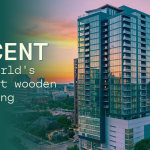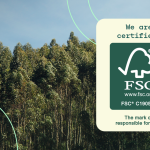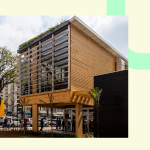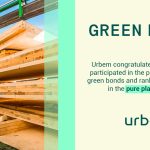MASS TIMBER WILL GROW BY 14.5% BY 2030
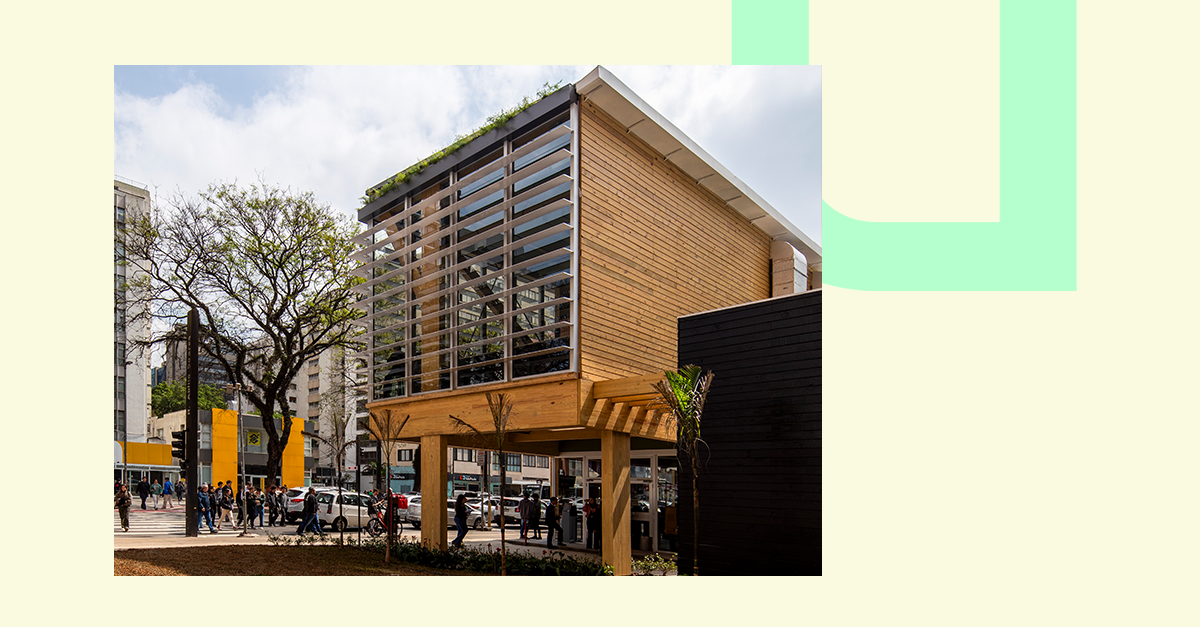
Studies indicate that the mass timber market will grow by 14.5% and reach 4.26 billion dollars by 2030.
This research was conducted by Skyquest’s and suggests that this increase is due to a growing demand for sustainable practices and awareness of the benefits that wood construction can bring. This is also evident in the adoption of mass timber construction by major companies such as Google, Walmart, McDonald’s, Adidas, and Microsoft, which have chosen the construction system for their branches and even headquarters.

McDonald’s Paraíso built with mass timber by superlimão | Photo: Maíra Acayaba.
Sustainability and Organizations
Public concern about the environment has grown significantly recently, and lately, this movement has also been seen in organizations, with issues such as ESG and carbon emissions becoming more prevalent.
According to a survey conducted by the National Confederation of Industry (CNI) in 2021, 94% of executives from large companies see opportunities in sustainability actions, with 63% planning to increase investments by 2023, either for the company’s reputation with society and consumers, compliance with regulatory requirements, or increased competitiveness.
But why mass timber?
Mass timber is an innovative construction system that goes beyond its simple cost; it brings a sustainable, inclusive, and socially beneficial potential rarely presented by other materials.
It is precisely this potential that has been conquering the market lately; mass timber appears more prominently in Europe and North America, but it is already a reality and is gaining more and more space in other locations, such as in Brazil itself.
Benefits that an organization gains with mass timber:
- Stabilization of the IRR (Internal Rate of Return);
- Access to green funds;
- Safety for workers and reduction of accidents on the construction site;
- Reduction of waste on the construction site;
- Speed in completing the construction;
- Savings on coatings;
- Greater sense of well-being and comfort for those who frequent the building.
Sustainability is a choice; let’s together build the cities of the future?
